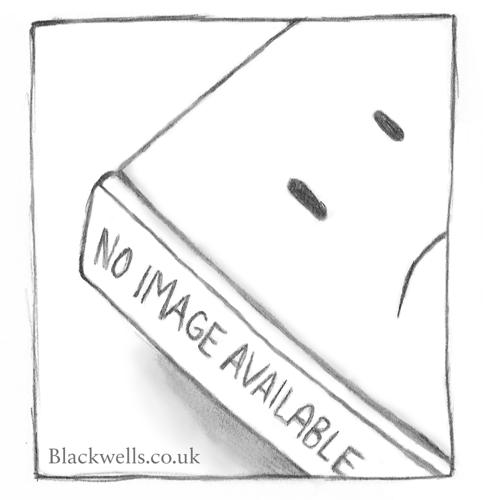Publisher's Synopsis
This Air Force publication provides a detailed history of Operation Thursday, a bold, unconventional use of American air power to support British ground troops in Burma during World War II. It marked a critical development in the history of modern warfare. On March 5-6, 1944, the Allies conducted an air invasion of Burma, in an attempt to push back the Japanese in the China-Burma-India Theater and reestablish the land route between India and China. U.S. airmen formed a special operations unit-the 1st Air Commando Group-to transport troops to jungle locations and resupply them, often in the line of fire. The remarkable success of this operation lives on, fifty years later, among the elite 1st Air Commando Group-a force committed to meeting the challenge of unconventional warfare any time, any place, anywhere. After Pearl Harbor-the devastating blow against the U.S. Fleet in Hawaii-Imperial Japanese forces quickly overran much of the Far East. Guam, Hong Kong, Malaya, the Philippines, Thailand, Wake Island, French Indochina, and the Dutch East Indies all succumbed to the Japanese onslaught. Meanwhile, American forces were busy preparing for a protracted war on two fronts, and the British were struggling against Hitler's aggressive air campaign. With the Allies thus diverted, Japan's rapid conquests gave the resource-poor nation access to the rubber, oil, tin, rice and other raw materials needed to fuel the Imperial war machine. Allied hopes for stopping the enemy advance in Asia were pinned on Burma, a country of jungles and mountain ranges strategically located between India and China. By 1941 the Japanese had nearly cut China off from the rest of the world. The meager Chinese resistance was being supplied via the Burma Road that extended from India through Burma to the town of Kunming, China. If Japanese forces could occupy Burma, they could seal off China, and release their troops for other operations on the continent. Burma would then become a staging area into India, the "jewel of the British empire." Burma itself was valuable as "rice bowl" capable of producing eight million tons of rice per year-food badly needed by the already overextended Imperial Army. In the grand strategy, a Japanese-controlled Burma would also shield the newly organized Far East Territories from the Allied advance. Burma's terrain and climate limited the military operations of both the invaders and defenders. Steep mountain ranges and river valleys alternated north and south. Only few trails through the hills connected Burma with India and Thailand, and most commerce went through the port of Rangoon, on the Irrawaddy delta. Monsoon rains created logistical nightmares. Annual rainfall varied from 200 inches in the Rangoon area, to 100 inches in the hills, and up to 45 inches in the northcentral "dry" zone. Military forces avoided the monsoon rains (mid-May to late October), restricting their operations to the dry season. In the tropical climate, malaria and other diseases could also bring operations to a standstill. Almost everything the Air Commandos did was an important "First" First air unit designed to support a ground unit; First composite air unit; First air unit employed with total autonomy; First aerial invasion into enemy territory; First nighttime heavy glider assault landing; First night combat glider recovery; First glider airlift of large animals; First major employment of light airplanes in combat; First air unit to employ helicopters; First rescue by combat helicopter; First firing of rockets from aircraft in combat.























